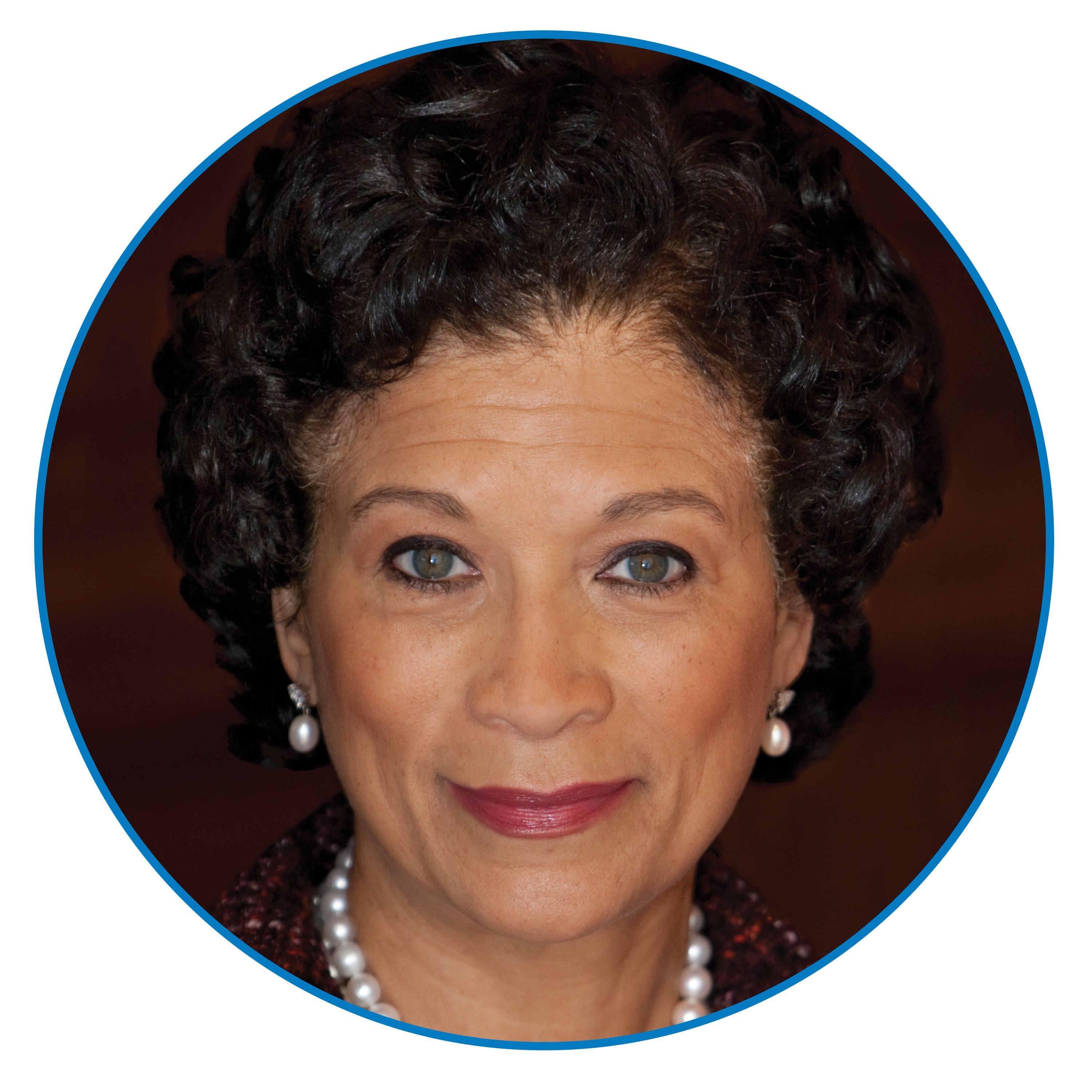Beyond sponges: Safe practices for avoiding all RSIs

Some healthcare facility leaders have managed to reduce or even eliminate the incidence of retained surgical items (RSIs), but vulnerability remains despite increased focus on this problem.
A 2015 article in the Journal of the American Medical Association cited a median estimate for RSIs: one event per 10,000 procedures, with surgical sponges the most commonly retained items. With roughly 50 million procedures performed annually in the US, that means about 5,000 surgical items are retained, according to the authors.
“About half of the included studies reported that a counting protocol was in place at the time of the incident, and 4 studies stated that events were discovered even when surgical counts were recorded as correct and/or routine radiographic imaging was performed,” the authors say.
Such estimates aren’t surprising. In fact, RSIs are listed as number 8 on ECRI Institute’s Top 10 Patient Safety Concerns for Healthcare Organizations in 2016 (see related article on p 16). If your organization is grappling with this issue, perhaps it’s time to take a closer look at the management of surgical items in your OR.

As with most quality improvement initiatives, success can be found in standardizing practice. “Retained sponges are a practice problem, not a problem with communication,” says Verna Gibbs, MD. “‘Correct count’ does not equal ‘no sponge in patient’ because 80% to 100% of retained sponge cases occur when nurses have said the counts are correct. This is why a more reliable sponge management practice is needed.”
Dr Gibbs, clinical professor of surgery at the University of California at San Francisco, is the founder of NoThing Left Behind®, a national surgical patient safety project to prevent RSIs (www.nothingleftbehind.org). She will lead a preconference workshop on the prevention of RSIs on September 21 during the annual OR Manager Conference.
“Nurses and scrub persons call it ‘counting,’ but I call it a management practice because I want them to think beyond counting,” Dr Gibbs told OR Manager. “They need to have a management practice for soft goods (surgical sponges and towels), sharps, instruments, and small miscellaneous items [SMIs].”
The workshop will be divided into equal segments focusing on sponges, needles, and SMIs, she says. “SMIs and unretrieved device fragments [UDFs] are increasingly being reported, and there’s a deficit of knowledge about how OR managers should handle these types of events,” she notes. “My intent is to give participants a toolbox so that they’ll know what to do when someone says during a procedure that a UDF was left in the patient.”

Verna Gibbs, MD
Verna Gibbs, MD

The 2016 AORN Guideline for Prevention of Retained Surgical Items (RSIs) recommends incorporating formal training programs to support open communication among team members, limiting distractions to ensure accurate counting, using a systems approach to quality improvement, and accounting for countable items as well as device fragments. The recommendations are as follows:
- A consistent multidisciplinary approach should be used for preventing RSIs during all surgical and invasive procedures.
- Surgical soft goods (eg, sponges, towels, textiles) opened onto the sterile field should be accounted for during all procedures in which soft goods are used.
- Sharps and other miscellaneous items that are opened onto the steril field should be accounted for during all procedures in which sharps and miscellaneous items are used.
- Instruments should be accounted for in all procedures for which the likelihood exists that an instrument could be retained.
- Measures should be taken to prevent retention of device fragments.
- Standardized measures for reconciling count discrepancies should be taken during the closing count and before the end of surgery. When a discrepancy in a count is identified, the surgical team should take actions to locate the missing item.
- A multidisciplinary team may evaluate adjunct technologies for use as a supplement to manual counting procedures at the health care organization.
- Documentation should reflect activities related to prevention of RSIs.
- Policies and procedures for the prevention of RSIs should be developed, reviewed periodically, revised as necessary, and readily available in the practice setting.
- Perioperative personnel should participate in a variety of quality assurance and performance improvement activities that are consistent with the facility or health care organization plan to improve understanding and compliance with the principles and processes of RSI prevention.

One deliverable of the NoThing Left Behind® project is the Sponge ACCOUNTing System, which Dr Gibbs defines as “a stand-alone, standardized multistakeholder manual sponge management system.”
This differs from the traditional practice of nurses just counting sponges that may be in kick buckets, on the back table, or in other locations in the OR, she says.
“Sponge ACCOUNTing is not just counting sponges. It’s a closed-loop system. If you manage the free sponges in multiples of tens—count in only 10s and put all of the sponges in hanging, blue-backed sponge holders at the end of the case—you won’t need to count them,” she explains. “If you have 50 sponges, you’ll have five hanging holders full of sponges. This provides easy visual pattern recognition. The key is that there are no empty pockets at the end of the operation. Then a team-based ‘show us’ step can occur so everyone can see where all the sponges are.”
Surgeons have to do their part and perform a methodical wound exam before closing every wound, she adds. Putting the sponges in holders and having counts written on dry erase boards provides greater transparency and increases the likelihood that discrepancies will be noticed. But the system only works if the nurses and surgeons use it, she notes.
AORN issued revised guidelines for RSI prevention in 2016 that mirror some of Dr Gibbs’s recommendations for surgical item management (sidebar).
For SMIs, Dr Gibbs recommends writing the most common items, such as a bovie scratch pad, laparoscopic ports, and vessel loops, on the dry erase board. Many OR records don’t have a place to routinely document the SMI count, and this needs to be corrected. The documentation of SMIs is equally as important as documentation for sponges, sharps, and instruments, she says.
During a procedure, surgical items should be organized in a standardized manner because if the arrangement or location varies from one scrub person to another, that can lead to confusion. It’s also important for the scrub person to examine instruments when they come back from the surgeon to see if anything has broken off after use during the procedure, she notes.

A 2015 study by Mayo Clinic researchers identified 69 never events (including, but not limited to, RSIs) among 1.5 million invasive procedures performed over 5 years. Many occurred during minor procedures such as anesthetic blocks, line placements, interventional radiology procedures, endoscopy, and other skin and soft tissue procedures.
Using human factors analysis to understand the causes, they grouped errors by four areas:
- “Preconditions for action,” such as poor handoffs, distractions, overconfidence, stress, mental fatigue, and inadequate communication.
- Unsafe actions, such as bending or breaking rules or failing to understand.
- Oversight and supervisory factors, such as inadequate supervision and staffing deficiencies.
- Organizational influences, ie, problems with organizational culture or operational processes.
“Organizations need to ensure that a good evidence-based process for preventing retained objects is in place and that staff can follow it,” ECRI Institute says. “A culture that creates team accountability and empowers nurses to speak up is a central component. Because counting is so error-prone, a systems and human factors approach can aid process evaluation and improvement.”
Dr Gibbs notes that the turnover rate among OR managers is fairly high—some 30% to 40%—and thus it’s important that OR managers new to a facility have proper education about how to establish a standardized surgical item management practice in their new OR.
She emphasizes that merely having a policy isn’t enough. “The policy may be several pages long, and if the nurse is new, chances are that person hasn’t read the policy. A nurse who didn’t have any onboarding will usually do what is familiar. You need onboarding tool kits or information to familiarize new managers with the standardized practice in that OR and if there is no standardized practice, the new manager needs to put one in place.”
Furthermore, OR managers must audit the practice of their staffs, she says. “We have good audit tools that provide insight for OR managers—things they can share with their auditors and nurse educators.” These tools can help answer questions such as, How do you do an audit? How often? What should you be looking at? When do you discuss it?
“We must have safer surgical item management practices that are reliable and used by multiple stakeholders—physicians, nurses, and radiologists,” Dr Gibbs says. “Practices for the management of instruments, needles, SMIs, and sponges should be transparent.” In addition, she says, professional behavior should prevail in every OR, where all team members are equally important in ensuring safe surgical care.
To learn more, visit www.ormanagerconference.com.
References
AORN. Guideline for prevention of retained surgical items. 2016 Guidelines for Perioperative Practice. Denver: AORN; 369-414.
Hempel S, Maggard-Gibbons M, Nguyen D K, et al. Wrong-site surgery, retained surgical items, and surgical fires: A systematic review of surgical never events. JAMA. Published online June 10, 2015.
https://www.ecri.org/Pages/Top-10-Patient-Safety-Concerns.aspx
https://www.sciencedaily.com/releases/2015/06/150601122313.htm
Putnam K. Guideline First Look: Guideline for prevention of retained surgical items. AORN J. December 2015; 102(6), P11-P13.
Thiels C A, Lal T M, Nienow J M, et al. Surgical never events and contributing human factors. Surgery. Published online May 29, 2015.
